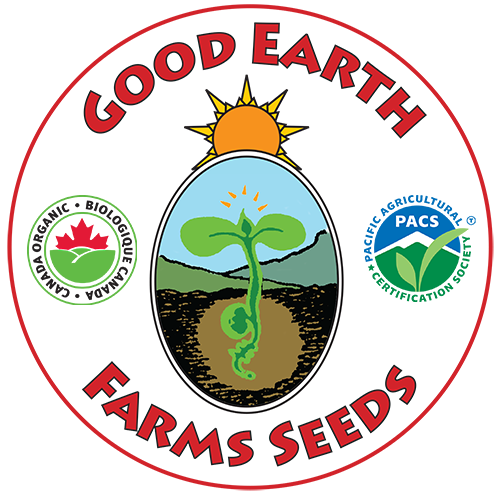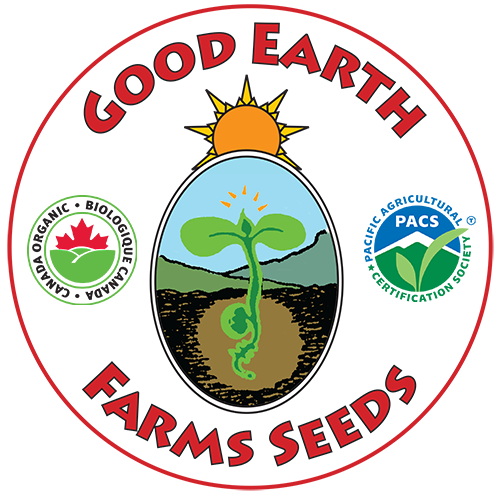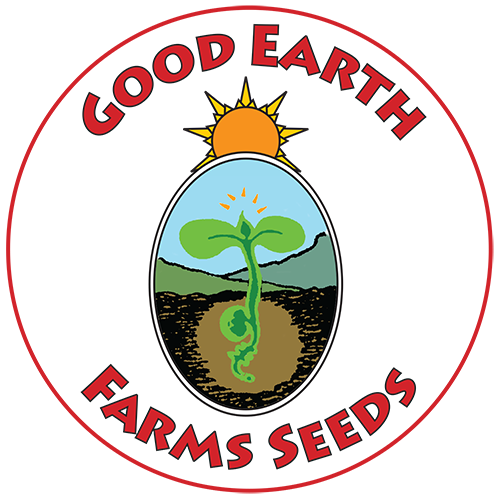Are you looking to start a garden but feel overwhelmed by the prospect? Whether you’re a complete novice, returning to gardening after a long break, or have had some less-than-successful attempts in the past, don’t be discouraged. Remember, every gardener, including us with our 20 years of experience, learns more from failures than successes. Gardening is a rewarding journey, and it’s one of the best things you can do for the environment.
Embrace the Trial and Error:
Gardening is a personal and unique experience. With so many tips and pieces of advice available, it’s easy to feel swamped. However, the key is to start somewhere. Remember, you don’t need to be an expert from day one. Every garden is different, influenced by its soil, light, and other factors.
Getting Started: The Basics:
Here are some fundamental guidelines and resources to help you embark on your gardening adventure. Feel free to reach out to us for any guidance!
- Soil Health is Key: The heart of gardening, especially organic gardening, is healthy soil. Healthy soil leads to strong plants capable of withstanding weather challenges, pests, diseases, and other stresses. While soil science can be complex, focusing on some basics can make a big difference.
- Consider Raised Beds: In many climates, raised beds or creating dedicated beds with permanent walkways can be highly beneficial. This approach prevents soil compaction, improving plant health. If you have decent starting soil, simply adding compost as you go can suffice. Otherwise, consider getting a load of quality soil delivered.
- Balancing Soil pH: The first aspect to consider for soil health is its pH level. If your soil’s pH is off, plants won’t absorb nutrients efficiently. You can either get a complete soil test from services like Pacific Soil Analysis or use a home pH test kit for a basic understanding. If your soil is too acidic, adding lime (best done in fall) can help balance it.
- Preparing the Garden Bed: Planning ahead is crucial. In the fall, lay down mulch (like cardboard, leaves, or wood chips) to suppress weeds and make soil work easier. Avoid rototillers as they can be harsh on soil structure. If digging is a challenge, consider hiring help – there’s often a willing teenager in the neighborhood!
- Working the Soil: Only work your soil when it’s not too wet. Use a fork to loosen it, then add amendments like compost or manure, mixing them in with a hoe or potato fork.
- Understanding Fertility Needs: Different vegetables have varying nutrient needs. Group your plants into low, medium, and high-demand categories to manage their feeding requirements effectively. We recommend organic fertilizers like those from Gaia Green, ensuring you follow the application instructions carefully.
- Planting Your Garden: Direct planting in the garden is our preferred method, though it does require some thinning. For plants like tomatoes, starting indoors can be beneficial. Local conditions, like microclimates, can significantly affect planting times, so consulting with neighbors or local farmers can offer valuable insights. Check out this planting guide for general advice: West Coast Seeds Planting Charts.
- Watering Wisely: Once your plants are in, ensure they are well-watered to establish. Use a watering can or a hose set to a soaker for this initial stage. As they grow, adjust your watering according to each plant’s needs. Over-watering is a common mistake, so focus on deep watering a couple of times a week rather than light daily watering. Drip irrigation systems like T-tape or soaker hoses are excellent for established plants, and mulching can help retain moisture while suppressing weeds.
Conclusion:
If all this information seems overwhelming, take a deep breath and remember the mantra, “Never give up.” Gardening gets easier with experience, and the learning process is part of the fun. With patience and persistence, you’ll soon find yourself in the midst of a thriving garden.
Happy gardening and best of luck on your green journey!



